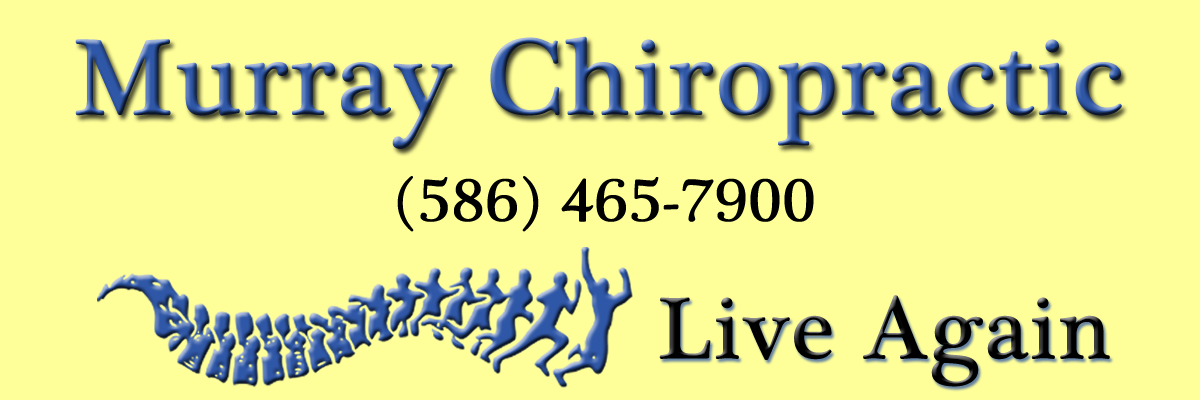References and Investigative Studies
https://www.chironexus.net/2014/01/chiropractic-patients-better-knees/
Pollard H, Ward G, Hoskins W, and Hardy K. The effect of a manual therapy knee protocol on osteoarthritic knee pain: a randomised controlled trial. The Journal of the Canadian Chiropractic Association 2008; 52(4):229-42.
Knee osteoarthritis is a highly prevalent condition with a significant socioeconomic burden to society. It is known to effect sufferers through pain, loss of function and changes in health related quality of life. Management typically involves pharmacologic and/or exercise based therapy approaches to reduce pain. Previous studies have shown multimodal treatment approaches incorporating manual therapy to be efficacious. The aim of this study is to determine if a manual therapy technique knee protocol can alter the self reported pain experienced by a group of chronic knee osteoarthritis sufferers in a randomised controlled trial.
43 participants with a chronic, non-progressive history of osteoarthritic knee pain, aged between 47 and 70 years were randomly allocated following a screening procedure to an intervention group (n=26; 18 men and 8 women, mean age 56.5 years) or a control group (n=17; 11 men and 6 women, mean age 54.6 years). Participants were matched for present knee pain intensity measured on a visual analogue scale. The intervention consisted of the Macquarie Injury Management Group Knee Protocol whilst the control involved a non-forceful manual contact to the knee followed by interferential therapy set at zero. Participants received three treatments per week for two consecutive weeks with a follow up immediately after the final treatment. Post-treatment Participants completed 11 questions including present knee pain intensity and feedback regarding their response to treatment utilizing a visual analogue scale. Results were analysed using descriptive statistics.
Prior to the intervention, there was no significant differences in age or present knee pain intensity. Following treatment, the intervention group reported a significant decrease in the present pain severity (mean 1.9) when compared to the control group (mean 3.1). Response to treatment questions indicated that compared to the control group, the intervention group felt the intervention had helped them (intervention mean 7.0; control mean 3.4), felt it decreased their knee symptoms such as crepitus (intervention mean 6.0; control mean 3.4) and improved their knee mobility (intervention mean 6.4; control mean 3.4) and their ability to perform general activities (intervention mean 6.5; control mean 3.8). Importantly the MIMG Knee Protocol intervention group reported no adverse reactions during treatment.
A short-term manual therapy knee protocol significantly reduced pain suffered by participants with osteoarthritic knee pain and resulted in improvements in self-reported knee function immediately after the end of the 2 week treatment period.
Yang S, et al. Longitudinal use of complementary and alternative medicine among older adults with radiographic knee osteoarthritis. Clinical Therapuetics. 2013;35(11):1690-702. doi: 10.1016/j.clinthera.2013.09.022
Osteoarthritis (OA), a chronic and often painful disease for which there is no cure, accounts for more mobility issues in older adults than any other disease. Cross-sectional studies have found that arthritis is the most common reason for older adults to use complementary and alternative medicine (CAM). Although previous research has profiled the sociodemographic and clinical characteristics of CAM users, few studies have provided information on variation in CAM use over time and most only considered use of any CAM, which was often a mixture of heterogeneous therapies.
This study sought to describe the longitudinal patterns of CAM use among older adults with knee OA and to identify correlates and predictors of different commonly used CAM therapies.
The Osteoarthritis Initiative included 1121 adults aged ≥65 years with radiographic tibiofemoral OA in one or both knees at baseline. Annual surveys captured current use of conventional therapies and 25 CAM modalities (grouped into 6 categories) for joint pain or arthritis at baseline and during the 4-year follow-up. We assessed longitudinal use of CAM modalities by summing the number of visits with participants reporting use of each modality. Correlates of CAM use under consideration included sociodemographic indicators, body mass index, overall measures of mental and physical well-being, and clinical indices of knee OA. Generalized estimation equations provided adjusted odds ratio estimates and 95% CIs.
Nearly one-third of older adults reported using ≥1 CAM modality for treating OA at all assessments. With the exception of glucosamine and chondroitin (18%), few were persistent users of other CAM modalities. One in 5 of those using nonsteroidal anti-inflammatory drugs or glucosamine and/or chondroitin were using them concurrently. Adjusted models revealed the following: (1) adults aged ≥75 years were less likely to use dietary supplements than those between ages 65 and 75 years; (2) persons with more severe knee pain or stiffness reported more CAM use; (3) better knee-related physical function was correlated with more use of chiropractic care or massage; and (4) older adults with more comorbidities were less likely to report use of dietary supplements.

